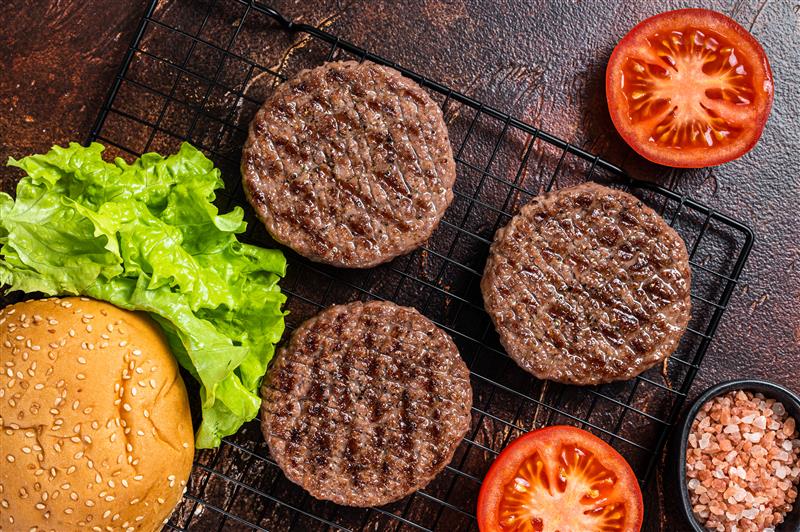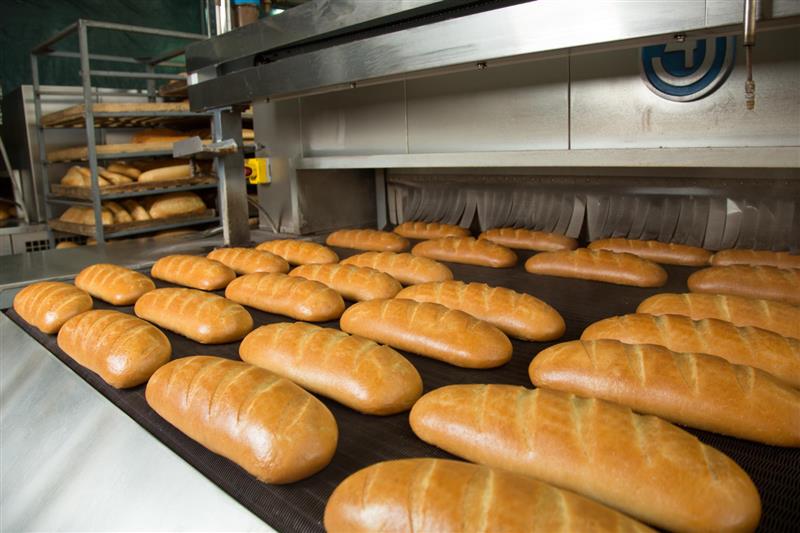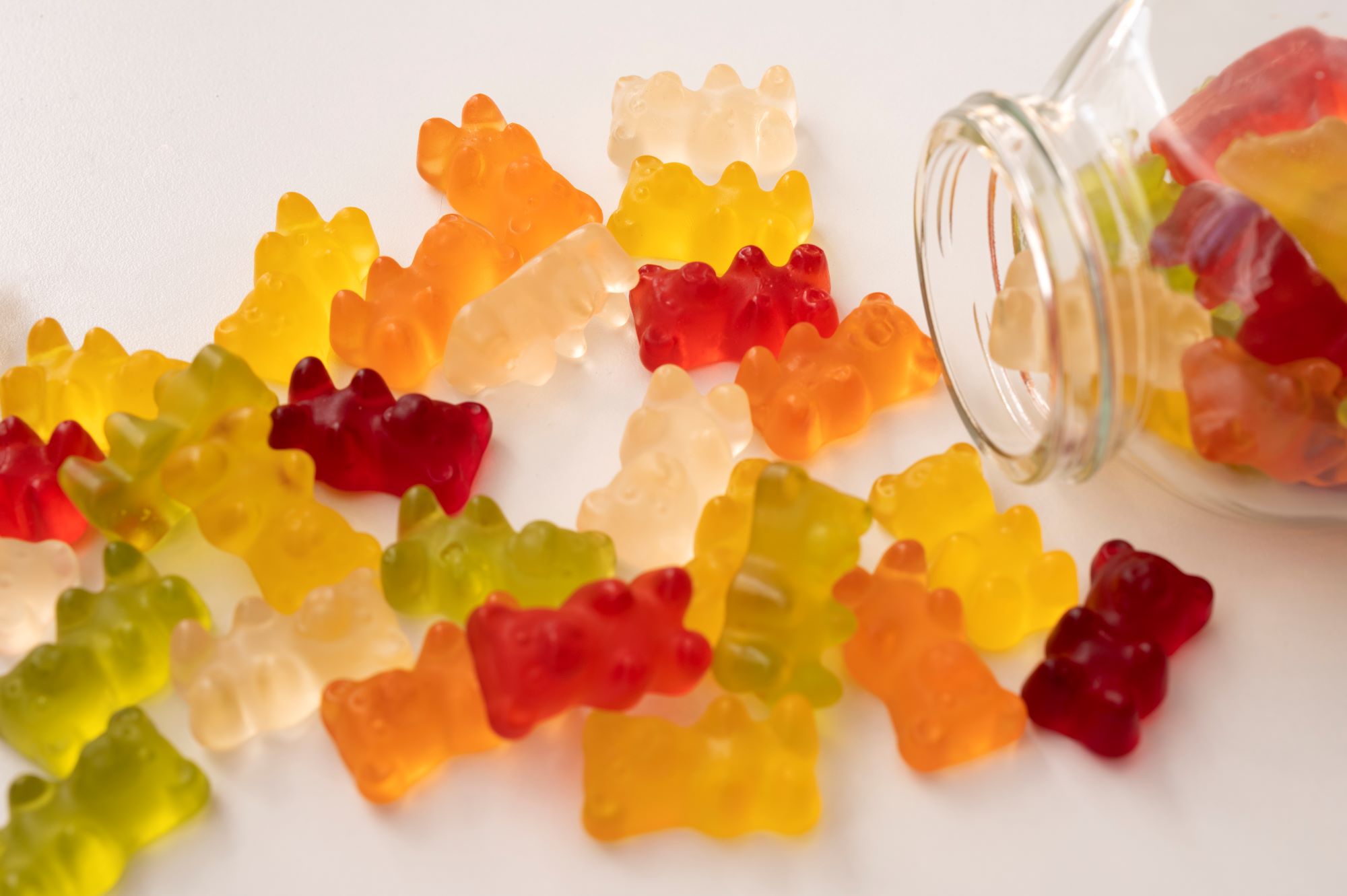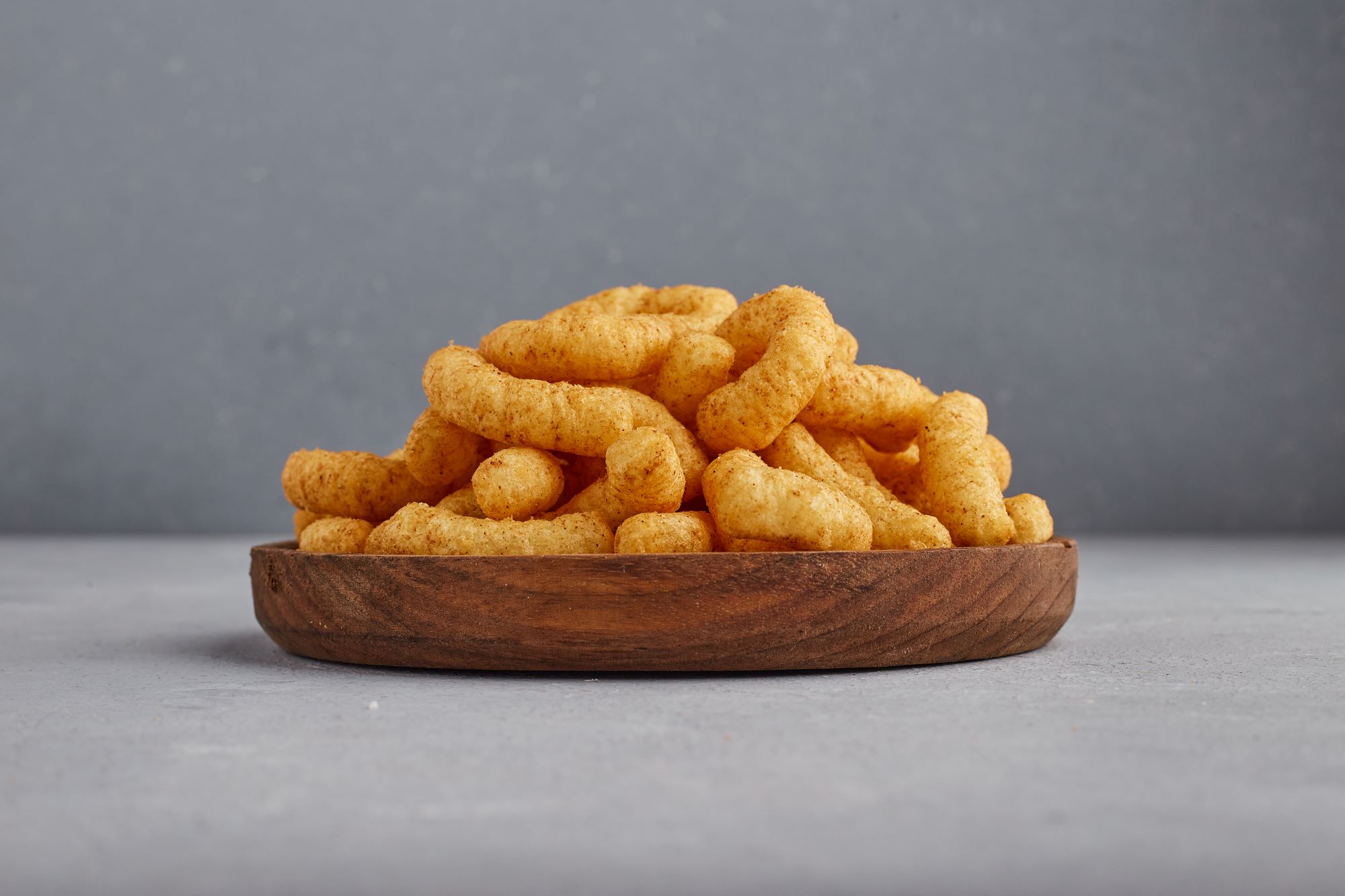There are increasing consumer demands for sugar reduction in beverages, driving companies to replace conventional sugar with alternative sweeteners for low and no-sugar beverage products6,7.
Popular beverages such as sport drinks and juices usually carry high amounts of sugar content that result in large spikes in the blood glucose level. Excess sugar consumption can lead to obesity, diabetes and other diseases2.
Palatinose is a fully, yet slowly digestible and low-glycemic carbohydrate that makes it a great alternative for sugar reduction in beverages. Owing to its slow digestion, it provides energy in a balanced and prolonged way with a steady blood glucose response. Palatinose has a mild sugar-taste with approximately half the sweetness of sucrose1,4,8.It is perfect for free-flowing powder for drinks and blends that can significantly minimize the risk of caking and lumping5.
Fructooligosaccharide (FOS) is derived from the chicory root. It contains only half the calorie of sugar with a sweetness of about 30% of sucrose. FOS can be used as a partial sugar replacement in beverages and it can also combine with high intensity sweeteners to create a more balanced and sugar-like palate. Moreover, FOS ingestion does not increase blood glucose and insulin levels. Therefore, diabetic patients can use it as an alternative sweetener to sucrose3,9.
Monk fruit extract is another new star ingredient to sweeten beverages naturally. Monk fruit or also known as Luo Han Guo is a natural, low-calorie sweetener that has been approved as safe (GRAS)11. Monk fruit extract gives a higher sweetness level that is around 100 to 300 times more compared to sugar without imparting extra calories, thus preventing the rise of the blood glucose level10. These reasons make monk fruit extract an absolutely good alternative for great tasting healthier beverages.
In conclusion, these sweeteners can reduce sugar intake in beverages while offering health benefits and helping to decrease total calorie count. Consumers can finally enjoy good-tasting reduced calorie products with less burden to the body.
At DPO, we’re glad to be in partnership with Beneo Orafti, Beneo Palatinit and Monk Fruit Corp to bring you a range of ingredient choices that could elevate your quality of life.
References
1Beneo. (2020). Palatinose: A better alternative to common sugars. Retrieved from https://www.beneo.com/ingredients/human-nutrition/functional-carbohydrates/palatinose
2Carocho, M., Morales, P., & Ferreira, I. C. F. R. (2017). Sweeteners as food additives in the XXI century: A review of what is known, and what is to come. Food and Chemical Toxicology.107, 302–317. https://doi.org/10.1016/j.fct.2017.06.046
3Dominguez, A. L., Rodrigues, L. R., Lima, N. M., & Teixeira, J. A. (2013). An Overview of the Recent Developments on Fructooligosaccharide Production and Applications. Food and Bioprocess Technology, 7(2), 324–337. https://doi.org/10.1007/s11947-013-1221-6
4Fitch, C., & Keim, K. S. (2012). Position of the academy of nutrition and dietetics: use of nutritive and nonnutritive sweeteners. Journal of the Academy of Nutrition and Dietetics, 112(5), 739–758. https://doi.org/10.1016/j.jand.2012.03.009
5Food Ingredients First. (2014). Beneo-Palatinose in beverages. Smarts formulations to go the distance with sport drinks. Retrieved from https://www.foodingredientsfirst.com/Home/ViewTechPaperFile
6Global Market Insight. (2020). Artificial Sweetener Market Size, Industry Analysis Report, Regional Outlook, Application Development Potential, Price Trends, Competitive Market Share & Forecast, 2020 – 2026.
7Graybill, S. (2020). Sugar reduction trends hold steady in beverage development. Beverage Industry. Retrieved from https://www.bevindustry.com/articles/93408-sugar-reduction-trends-hold-steady-in-beverage-development
8Jacob, M., Tripathi, A. M., Yadav, G., & Saha, S. (2016). Nutritive and Non-Nutritive Sweeteners: A Review. International Journal of Oral Health and Medical Research, 2(5), 149-153.
9Oku, T. & Nakamura, S. (2017). Fructooligosaccharide: Metabolism through gut microbiota and prebiotic effect. Food Nutrition Journal, 2,128. https://doi.org/10.29011/2575-7091.100028
10Pawar, R. S., Krynitsky, A. J. & Rader, J. I. (2013). Sweeteners from plants – with emphasis on Stevia rebaudiana (Bertoni) and Siraitia grosvenorii (Swingle). Analytical and Bioanalytical Chemistry, 405, 4397-4407.
11Tu, D., Luo, Z., Wu, B., Ma, X., Shi, H., Mo, C., Huang, J. and Xie, W. (2017). Developemental, chemical and transcriptional characteristics of artificially pollinated and hormone-induced parthenocarpic fruits of Siraitia grosvenori. RSC Advances, 7, 12419-12428.







